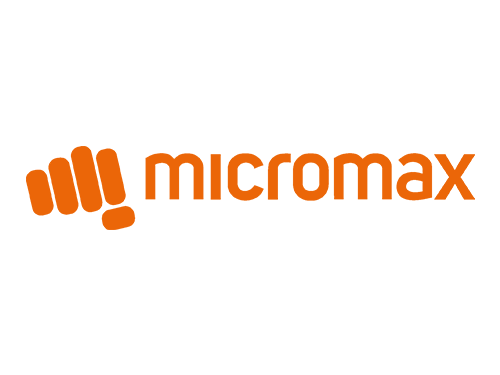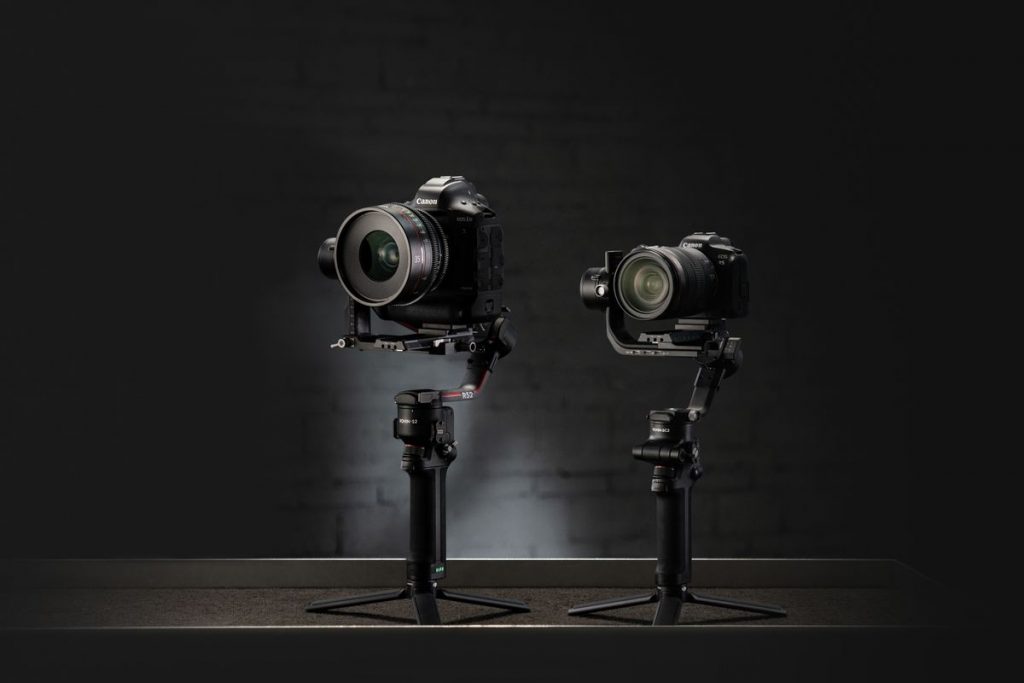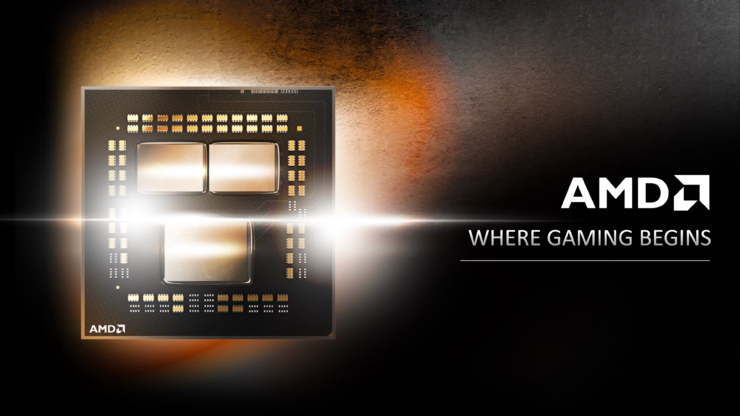How PIVOT Smartflow is Changing the Healthcare Industry by Streamlining Sterile Processes
The recent months have shown people the importance of medical care in all our lives. As a result, the attention on companies focusing on Medtech has also increased exponentially. Around the world, there are a lot of companies that are trying to make things easier for medical professionals. Medical automation had been gaining prominence in recent years due to massive advancements in AI and ML technology. This time around, we will be taking a look at another Medtech company that has been making quite a few ripples in the healthcare space – Pivot Smartflow.
Early Beginnings
Pivot Smartflow, a Mumbai India based company was founded in 2017, by Radhika Bawa and Aditya Bawa. Since then, the company has grown in terms of business and capabilities over the years. The pair has experience working within the healthcare space for over two decades. It was this experience that helped them understand how underprepared hospitals were in moving into the future – especially in the critical area of Sterilisation process management – a process that is at the heart of infection control in hospitals. Hence, the pair made it their life’s mission to ensure that hospitals move ahead with the times and start digitalizing &automating key tasks. Thus, the idea of Pivot Smartflow was conceived. Today Pivot Smartflow provides services to some of the top hospital chains in India.

Image Source: pivotsmartflow.com
What is Pivot Smartflow?
Surgical instruments are an integral part of patient care. Hence, monitoring and sterilizing them are vital components of the infection-free healthcare process. However, monitoring, maintaining, cleaning, and ensuring that they are available for surgeries is a time-consuming process for hospitals. But, what if there was a way to ensure that all of this happened seamlessly? Well, that is precisely what Pivot Smartflow does. The application effortlessly streamlines the workflow of surgical instruments. It also helps in eliminating the uncertainties due to misplaced tools and uncleaned instruments. As a result, the Software effectively reduces wastage of time and adds value to patient safety.
Essentially, the tool digitally integrates the Central Sterile Services Department, better known as CSSD to caregiving units. As a result, the program tracks the availability and allocation of instruments to ICUs and Operating Rooms with ease. Such a route management system enables traceability, tracking, and documentation of resource allocation. The Pivot Smartflow system works on a pay-as-you-go model. It leverages Barcodes and RFID to track the instruments, simplify monitoring, and ensure that the right sets are always available for procedures. As a result, hospitals have a much easier time managing patient care, and streamlining their surgical preparatory work.
How does Pivot Smartflow work?
Pivot Smartflow tracks the movement of surgical instruments across the hospital workflow by using RFID readers and barcode scanners. As a result, hospitals gain a birds-eye-view of the entire life cycle of their instruments. Let us now quickly take a look at the workflow process of the Pivot Smartflow system:
- Pivot Onboard: We help you digitize your existing inventory so that you can standardize operating procedures and terminology to prevent errors.
- Inventory Verification: The team does an audit of your existing inventory to highlight discrepancies and find errors in data collected.
- Creation of photo libraries and master lists: Next, the software creates an extensive master list of instruments with photos of each to simplify the allocation process.
- Unique ID solutions: Next, comes RFID tagging/laser etching of barcodes on the instruments to enable real-time tracking.
- Life-cycle record: By scanning any barcode or scanning an RFID tag, the staff can access the entire life and usage history of the instrument, improving accountability and improved efficiency.
- Workflow Digitisation: Finally, the entire workflow is digitized to ensure that human error is minimized and avoided. The system also generated documentation for regulatory compliance regarding sterilization processes followed at the hospital.
- Pivot Set-Store: This tool works as a visual store-room providing users with real-time access to their inventory.
- Surgical Whiteboard: This helps nurses to keep track of instruments used on a patient.
- Sterilization and Repairs Management: Both these modules enable hospitals to manage their product lifecycle perfectly.
Components of the Pivot Smartflow System
- Web-Based and Mobile Application: The application tracks all your instruments as they make their way across the hospital in real-time.
- Unique Instrument Identification: The system relies on RFID and Barcoding to track surgical instruments throughout their life cycle.
- Integrated Workflow Processes: The system enables the seamless flow of information and data across multiple departments efficiently.
- Task Automation: The software allows professionals to automate mundane tasks, locate instruments, and avoid human error.
What value does Pivot Smartflow add to hospitals?
Since the staff has real-time knowledge regarding their instruments, they can avoid guess-work and chances. The system also helps in measuring the wear and tear faced by instruments, enabling hospitals to extend tool life considerably. It introduces accountability in an otherwise manual process helping hospitals plan inventory better, makes surgeries safer, and improve the efficiency of their caregiving teams.
The software provides professionals with a lot of vital data regarding cycle count, employee productivity, breakages, and incident tracking. As a result, healthcare specialists always get updated reports regarding the instrument’s condition. The system seamlessly integrates itself into existing Hospital Information Systems. As a result, the framework becomes more efficient, accurate, and productive. The flow of data between departments and their accuracy improves exponentially due to Pivot Smartflow.
Why Choose Pivot Smartflow?
Pivot Smartflow offers several advantages to several user groups. Let us now take a quick look at why hospitals, caregivers, and patients support the use of this revolutionary software in healthcare.
- CSSD departments have to no longer worry about identifying or tracking their instruments.
- All the inventory management happens in real-time, enabling hospitals to stock accordingly.
- The software goes a long way in optimizing the life-cycle of the instruments.
- When used in large hospitals, the tool enables intra-department integration, visibility, and communication.
- It significantly reduces the chances of losing or misplacing instruments.
- Using the tool sharpens the turnaround time in OTs and ICUs.
- Due to the improved efficiency of the medical team, it helps in improving overall patient safety.
- It enables the primary caregivers to spend less time looking for sets & instruments and more time focusing on the patient.
- Using the tool also helps in preventing and avoiding human errors during instrument hand over.
- The hospital management will be able to gain a higher return on investment from their surgical instruments.
- It also enables the hospital to manage their resource allocation effectively, leading to less wastage.
- Such a data-driven decision-making process ensures complete accountability for all instruments.
As you can see, the future of medicine is here. Hospitals will no longer have to worry about overspending on surgical instruments and running higher incidental costs. The use of smart software, such as Pivot Smartflow will empower hospitals and healthcare professionals in a way that wasn’t possible before. With more and more hospitals looking to modify and adopt new technologies, it is safe to say that the future of this company looks promising and bright. Let us hope that in the years to come, every Indian hospital gains an opportunity to use such cutting-edge technology to provide better care to its patients.

Being a cinephile with a love for all things outdoorsy, Athulya never misses a chance to chase inspiring stories or poke fun at things, even when the subject is herself. Currently pursuing a degree in mechanical engineering, she is someone innately interested in technical and scientific research. Music reviews and op-eds define her as they allow her to explore different perspectives. Though sometimes she thinks she makes more sense playing the guitar than she does while writing.








